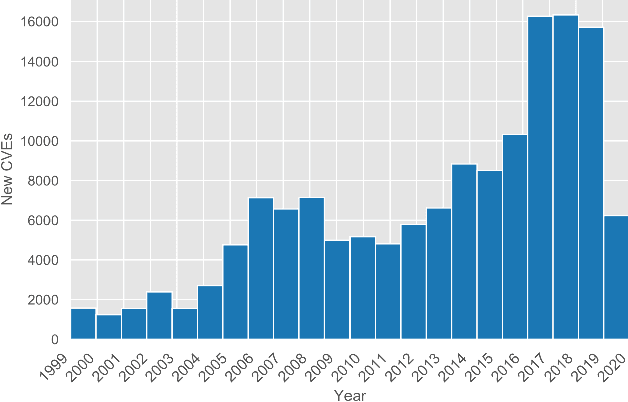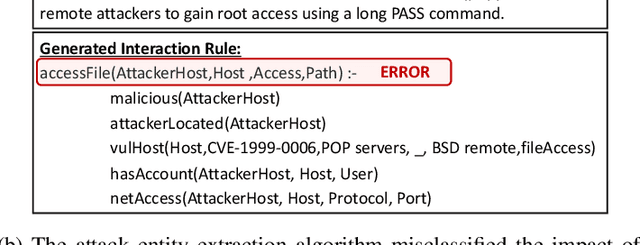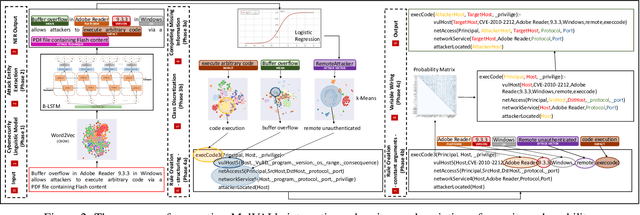Hodaya Binyamini
An Automated, End-to-End Framework for Modeling Attacks From Vulnerability Descriptions
Aug 10, 2020



Abstract:Attack graphs are one of the main techniques used to automate the risk assessment process. In order to derive a relevant attack graph, up-to-date information on known attack techniques should be represented as interaction rules. Designing and creating new interaction rules is not a trivial task and currently performed manually by security experts. However, since the number of new security vulnerabilities and attack techniques continuously and rapidly grows, there is a need to frequently update the rule set of attack graph tools with new attack techniques to ensure that the set of interaction rules is always up-to-date. We present a novel, end-to-end, automated framework for modeling new attack techniques from textual description of a security vulnerability. Given a description of a security vulnerability, the proposed framework first extracts the relevant attack entities required to model the attack, completes missing information on the vulnerability, and derives a new interaction rule that models the attack; this new rule is integrated within MulVAL attack graph tool. The proposed framework implements a novel pipeline that includes a dedicated cybersecurity linguistic model trained on the the NVD repository, a recurrent neural network model used for attack entity extraction, a logistic regression model used for completing the missing information, and a novel machine learning-based approach for automatically modeling the attacks as MulVAL's interaction rule. We evaluated the performance of each of the individual algorithms, as well as the complete framework and demonstrated its effectiveness.
 Add to Chrome
Add to Chrome Add to Firefox
Add to Firefox Add to Edge
Add to Edge